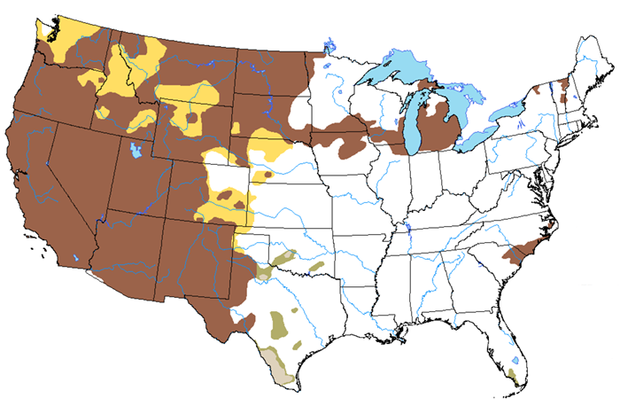New study models users’ trust in drought forecasts
This drought forecast map for spring 2021 indicates significant drought across the western United States. Credit: NOAA
A key factor that determines how users respond to forecasts is the extent to which they trust the information. To help integrate this understanding into forecast valuation, a recent study proposes a framework to model trust in drought forecast information that captures how users’ trust forms and evolves over time and shows how trust influences users’ decisions. The study was funded by the Sectoral Applications Research Program's (SARP) Initiative called Coping with Drought in Support of the National Integrated Drought Information System (NIDIS) and led by researchers from the University of Illinois-Urbana Champaign and the University of Virginia. Findings confirm that users’ trust in drought forecasts significantly influences the way the information is integrated with their prior knowledge.
The authors applied their proposed framework to a crop-allocation decision problem, where users receive a drought forecast for the crop season and decide the best allocation between two crops. The model assumes that the relationship between objective forecast accuracy and forecast value—and by extension, forecast use—is mediated through trust.
Read more at the link below.
